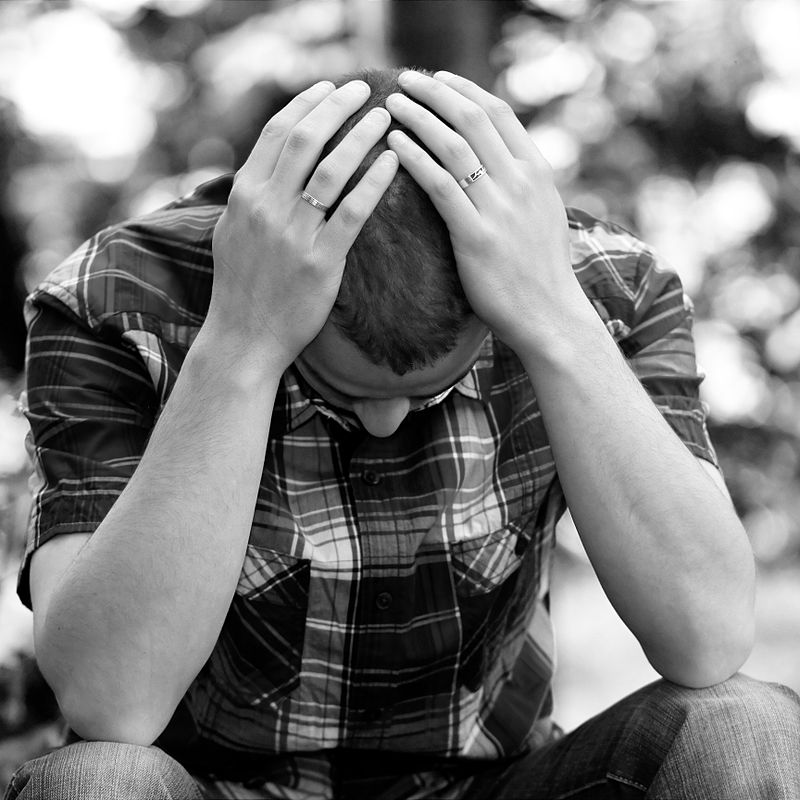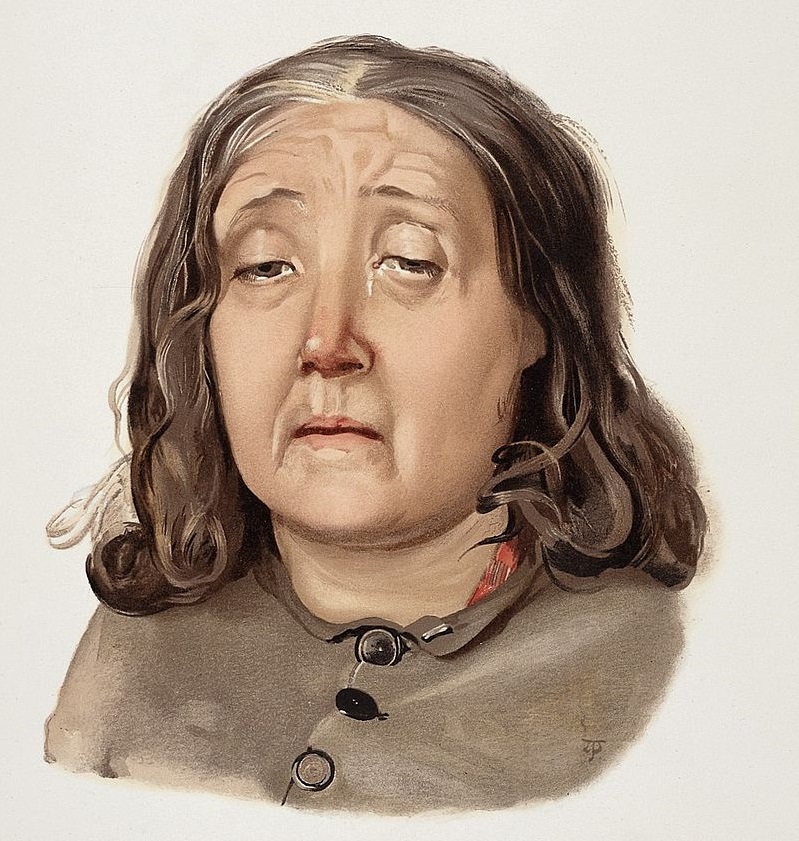What is the Difference Between MDD and Dysthymia
The key difference between MDD and dysthymia is that MDD is a type of depressive disorder that has more symptoms but lasts for a shorter period of time, while dysthymia is a type of depressive disorder that has fewer symptoms but lasts for a longer period of time.
Depression is a common illness that can be diagnosed throughout the world. Approximately 280 million people in the world have depression. This is estimated to be 3.8% of the world’s population. Depression can cause the affected people to suffer greatly and function poorly at their day-to-day work. MDD and dysthymia are two types of depression disorders.
CONTENTS
1. Overview and Key Difference
2. What is MDD
3. What is Dysthymia
4. Similarities – MDD and Dysthymia
5. MDD vs Dysthymia in Tabular Form
6. Summary – MDD vs Dysthymia
What is MDD (Major Depressive Disorder)?
MDD (major depressive disorder) is a type of depressive disorder that has more symptoms and lasts for a shorter period of time. Though there are many symptoms of MDD, not all of them have to be present in order to diagnose this medical condition. This condition affects 7.1% of adults in the United States. Furthermore, it is more likely to develop in females than in males. The typical symptoms may include a depressed mood that lasts for most of the day, having less interest in most activities, experiencing fatigue, feeling worthless, having difficulties in concentrating, unintentionally losing or gaining weight, insomnia, experiencing a type of restless agitation called psychomotor agitation, and having frequent thoughts of death.

Figure 01: MDD
There are various causes for MDD. One of the causes is the size of the hippocampus that helps people with making memories, adapting to stressful situations, and processing emotions. People who suffer from MDD have a smaller hippocampus, according to research. Moreover, MDD also reduces the amount of gray matter in the brain, which is involved in numerous processes, including speech, decision making, and self-control. The diagnosis is mainly made through symptoms. For a doctor to diagnose MDD, a person must have experienced at least five symptoms of MDD, and one of them must be the loss of pleasure in life. A person must have experienced these symptoms for a shorter period of time, such as 2 months. The treatment option of this condition may include psychotherapy-based treatments such as cognitive behavioural therapy, behavioural activation, interpersonal psychotherapy, and medications such as selective serotonin reuptake inhibitors (SSRIs), serotonin norepinephrine inhibitors (SNRIs), bupropropion, mirtazapine, etc.
What is Dysthymia?
Dysthymia is a type of depressive disorder that has fewer symptoms that last for a longer period of time. The symptoms of dysthymia include feeling depressed, having a poor appetite, having insomnia, experiencing fatigue, having low esteem, having trouble concentrating, and feelings of hopelessness. There are different causes for dysthymia as well. One of the causes is the size of the orbitofrontal cortex and hippocampus. People with dysthymia have a smaller orbitofrontal cortex and hippocampus, which play key roles in emotional control. Researchers also believe that people with dysthymia experience disruption of the neurotransmitters serotonin, epinephrine, norepinephrine, and glutamate.

Figure 02: Dysthymia
For a doctor to diagnose dysthymia, a person must have at least two symptoms of dysthymia; one of them must be irritability that has lasted for at least 2 years. Furthermore, the treatment options may include psychotherapy-based treatments such as cognitive behavioural therapy and medications such as selective serotonin reuptake inhibitors (SSRIs), tricyclic antidepressants (TCAs), and serotonin and norepinephrine reuptake inhibitors.
What are the Similarities Between MDD and Dysthymia?
- MDD and dysthymia are two types of depression disorders.
- The symptoms of MDD somewhat overlap with the symptoms of dysthymia.
- Both depression disorders have a genetic background.
- Females suffer than males in both depression disorders.
- In both depression disorders, the diagnosis is based on the symptoms.
- They are treatable with psychotherapy-based treatments and medications.
What is the Difference Between MDD and Dysthymia?
MDD (major depressive disorder) is a type of depressive disorder that has more symptoms, which last for a shorter period of time, while dysthymia is a type of depressive disorder that has fewer symptoms, which last for a longer period of time. Thus, this is the key difference between MDD and dysthymia. Furthermore, MDD affects 7.1% of adults in the United States, while dysthymia affects 1.5% of adults in the United States.
The below infographic presents the differences between MDD and dysthymia in tabular form for side by side comparison.
Summary – MDD vs Dysthymia
MDD and dysthymia are two different types of depression disorders. Often, symptoms of MDD somewhat overlap with the symptoms of dysthymia. MDD is a type of depressive disorder that has more symptoms that last for a shorter period of time, while dysthymia is a type of depressive disorder that has fewer symptoms that last for a longer period of time. So, this is the key difference between MDD and dysthymia.
Reference:
1. “Persistent Depressive Disorder (Dysthymia).” Mayo Clinic, Mayo Foundation for Medical Education and Research.
2. Kerr, Michael. “Depression (Major Depressive Disorder).” Healthline, Healthline Media.
Image Courtesy:
1. “Depressed (4649749639)” By Sander van der Wel from Netherlands – Depressed (CC BY-SA 2.0) via Commons Wikimedia
2. “A woman diagnosed as suffering from melancholia. Colour lith Wellcome L0026686” By Welcome Gallery (CC-BY-4.0) via Commons Wikimedia
ncG1vNJzZmivp6x7pbXFn5yrnZ6YsqOx07CcnqZemLyue9ahmK1lmah6tbTEZpuinpaav6a6wp5km52krLKmuoymm51lkaOxbrDYrKuhsZ2ernA%3D